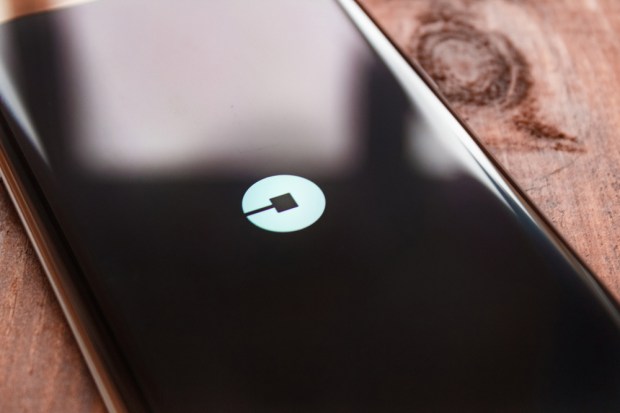Uber And The Cap Conundrum

New York City. If you can make it there, you’ll make it anywhere.
Except making it there might be tough if you are a ride-hailing firm.
News from the last several weeks, and recently from The New York Times, reports that city officials are inching toward a cap for Uber drivers — and not the ones worn atop heads. The cap would limit the vehicle count on the roads, ostensibly to combat an industry that some feel has grown too far, too fast, which has led to poor environmental conditions (i.e., traffic and exhaust fumes) and low wages for drivers.
There’s a formal proposal coming by way of City Council Speaker Corey Johnson, which would move to stanch new licenses issued for vehicles to work on a for-hire basis. The freeze would last as long as it takes to study the impact of the ride-hailing industry. Should this freeze come, the Big Apple would be the first major city to pretty much regulate the industry, with the obvious questions of why, how and whether growth, innovation and demand should be truncated in such fashion.
The Times noted that this is the second formal attempt at trying to cap the industry, and there are now more than 100,000 for-hire vehicles on New York streets — up from about 63,000 just three years ago.
Fallout? Yes, it’s hit the taxi industry. At the core of the debate is the fall of the taxi industry, the rise of app culture and the way a nascent tech-driven industry can either self-regulate or face regulation if it cannot set guidelines for best practices on its own. The New York legislation would do a few things, such as dictate how long a car can drive around without a passenger, establish minimum pay for drivers and place companies operating with high volume (above a 10,000 trip threshold) under separate regulations than might be seen otherwise.
Does this fix the problem? Innovation fosters growth, growth fosters innovation. Uber has stated that it helps offer transit services for those who live in the outer boroughs. Mobile app culture means the service is accessible for everyone with a phone (which is just about everyone). Plus, of course, it affords some people the opportunity to make a living or supplement existing income.
A study from earlier this year noted that Uber and its peers have yet to contribute to traffic problems. Thus, one leg of the regulatory argument is out, for now. Might we suggest that less than stellar subway service might be encouraging folks to move their commute aboveground? (This writer lives in NY, and so knows a bit about the seventh circle of hell known as the wait on the subway platform,)
The argument that the taxi industry has been unfairly hobbled might not be great grounds for regulation. The taxi industry has itself been regulated, where medallions are issued by the city to operate in the first place. The supply is limited. The medallions are expensive — in the tens of thousands and even hundreds of thousands of dollars — indicating that only a few can really afford to compete here. Demand has always been higher than supply, which means no real price competition.
Until now, of course, as Uber and others have come into the fray. Certainly we need not present the argument that taxi firms have been slow in innovating in terms of technology (there’s that app issue again). The cap would, in essence, help preserve a system that competes less than optimally, and in a less than optimally operating system, consumers lose out.
